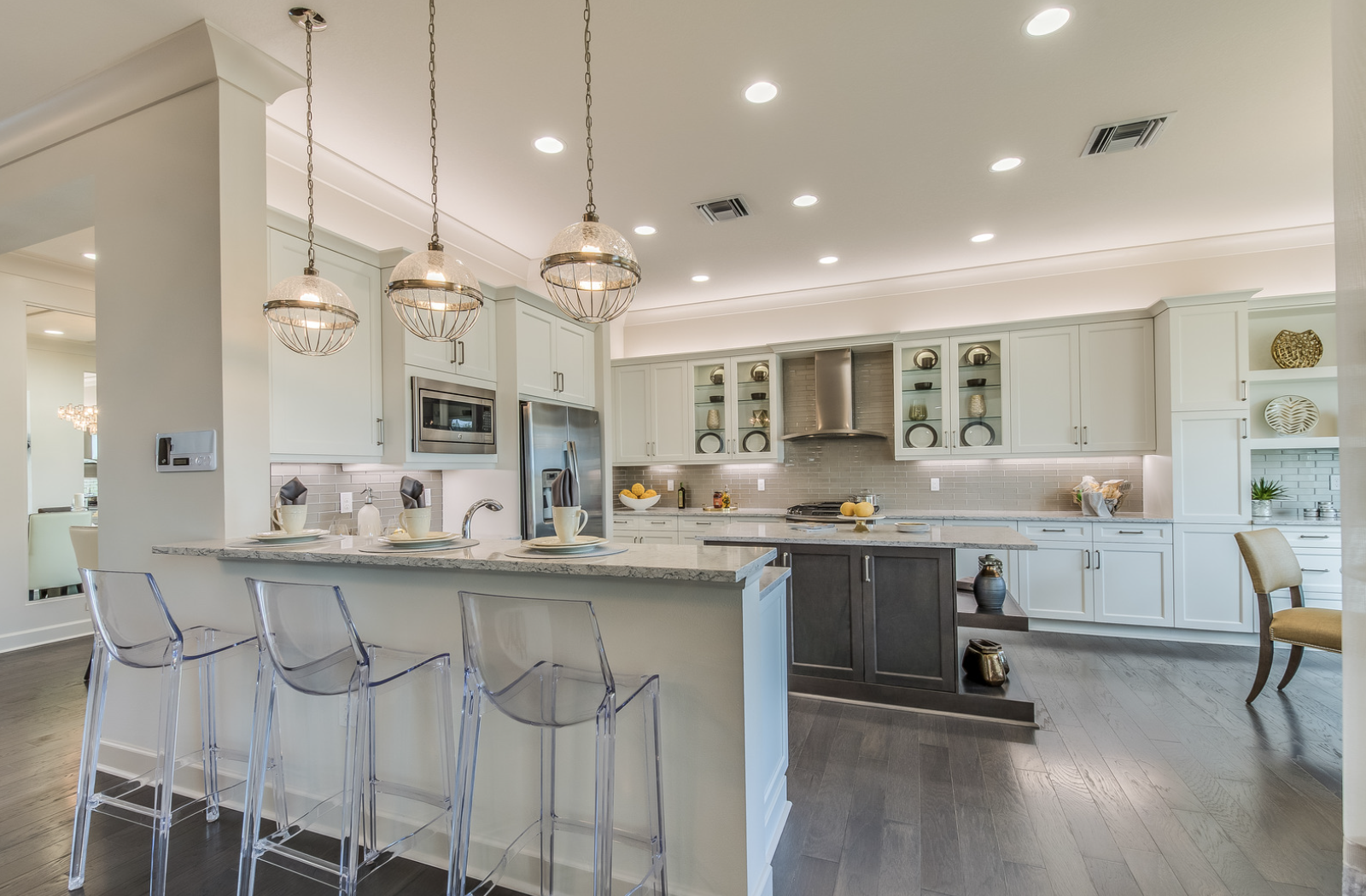
Empowering Austin with Expert Electrical Services
Call Us: (512) 301-9111
Welcome to Malco Electric!
Malco Electric, where reliability meets craftsmanship in electrical solutions. As a family-owned and operated business, we’ve been illuminating the Austin area and beyond with top-tier electrical services since 1983.
Our Commitment: At Malco Electric, your safety and satisfaction drive us. Led by Randy Mallory, our Master Electrician since 1972, our team promises to deliver not just services, but solutions that last. From residential tweaks to commercial overhauls and industrial setups, our vast experience covers all grounds.
Why Choose Us?
Decades of Experience: With a longstanding history since 1983, Malco Electric is a name synonymous with trust and expertise.
Family-Operated Integrity: Randy Mallory, alongside his family and dedicated team, continues to foster strong relationships built on honesty and mutual respect. (Lic. # 6328)
A+ Rated Customer Support: Our commitment to quality has consistently earned us an A+ rating from the Better Business Bureau.
What We Offer:
Residential Electrical Services
Whether you’re upgrading your home lighting or need urgent electrical repairs, our skilled technicians ensure your living space is both safe and functional.
Commercial Electrical Solutions
Our commercial services are designed to support businesses, schools, and retail with everything from electrical installations to routine maintenance.
Industrial Electrical Expertise
We support Austin’s industrial sector with robust electrical systems designed for efficiency and durability, tailored to meet high-demand environments.
Knowledgeable, Dependable, Friendly
LIGHTING
Understanding the variety of lighting options and determining the best fit for each customer is crucial. We specialize in guiding customers to choose the optimal lighting solutions tailored to their unique needs.
FREE ESTIMATES
Contact us for a complimentary estimate on any electrical repair or project. We're here to provide you with all the information you need and offer a free estimate over the phone.
SERVICE CALLS
A properly conducted service call is typically a brief task performed by an electrical technician to fix an item that has recently malfunctioned.
PANEL CHANGES
Our competitive pricing and swift service are complemented by our extensive experience in service panel upgrades, giving us deep insight into how to complete the job correctly on the first attempt.
NEW CIRCUITS
Our technicians excel at determining the need for new circuits and expertly install them with precision and efficiency.
TROUBLE SHOOTING
Troubleshooting involves identifying and resolving issues. The duration of troubleshooting varies based on the electrician's expertise.
Contact Us
Please provide some details, and we'll get in touch soon. We look forward to connecting with you!



